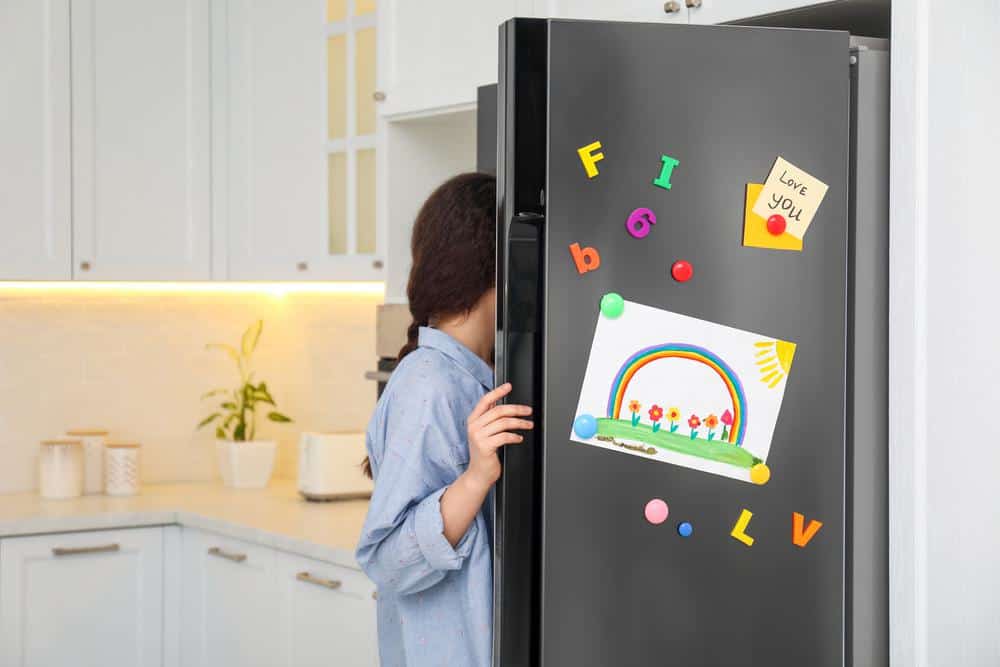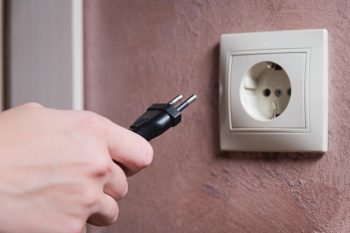
Samsung refrigerators are renowned for their innovative features, sleek designs, and energy efficiency. However, like any appliance, they are not immune to issues. One common problem that users often encounter is a fluctuating temperature. If you’ve been wondering, “Why does my Samsung fridge’s temperature keep changing?” you’ve come to the right place. Let’s delve into the potential causes, impacts, and solutions.
Your Samsung fridge’s temperature might keep changing due to frequent door opening, a damaged door seal, blocked vents or sensors, incorrect temperature settings, or dirty or malfunctioning compressor coils. Simple troubleshooting such as adjusting temperature settings, cleaning the compressor coils, and ensuring proper door seal can help. If the issue persists, it’s best to seek professional help.
Understanding the Problem
Samsung refrigerators use a technology called Twin Cooling System to maintain ideal temperature and humidity levels in the fridge and freezer compartments. This system, driven by a single compressor and precise electronic control, keeps the freezer air dry and the fridge air humid, preserving the freshness of your food.
However, several factors can disrupt this system and cause temperature fluctuations. These include frequent door opening, a damaged door seal, blocked vents or sensors, inadvertent changes to the temperature settings, and dirty or malfunctioning compressor coils.
Common Causes of Temperature Fluctuation
Frequent Door Opening
Every time you open your refrigerator door, cold air escapes and warm air enters. The more frequently the door is opened or the longer it is left open, the harder your fridge has to work to restore the ideal temperature.
Damaged Door Seal
The door seal, also known as the gasket, helps keep cold air inside the fridge. If it’s damaged, worn out, or dirty, it can allow warm air to infiltrate, disrupting the internal temperature.
Blocked Vents or Sensors
Overfilling the fridge or placing items too close to the vents can block cold air circulation, causing the temperature to rise in some areas while dropping in others. It’s essential to ensure proper airflow for consistent cooling.
Incorrect Temperature Settings
Sometimes, the temperature dial might be accidentally knocked, or someone else might adjust it without your knowledge. If the settings are too high or too low, it can cause fluctuations.
Dirty or Malfunctioning Compressor Coils
The compressor coils play a crucial role in the cooling process. If they’re dirty or malfunctioning, your fridge’s ability to maintain a consistent temperature can be compromised.
Impact on Food Safety and Energy Consumption
Fluctuating temperatures can have serious implications for both food safety and energy consumption. When the temperature rises above the recommended range, bacteria can double every 20 minutes, increasing the risk of foodborne illnesses. Additionally, constant temperature fluctuations can lead to increased energy consumption as the refrigerator works harder to maintain the desired temperature, resulting in higher energy bills.
Troubleshooting Steps
If you’ve noticed temperature inconsistencies in your Samsung fridge, here are some steps you can take:
- Check the power supply to ensure the fridge is properly plugged in.
- Inspect the door seals for any damage or dirt that might cause cold air to escape.
- Adjust the temperature settings to the recommended levels (approximately 3°C or 37°F for the fridge and -18°C or 0°F for the freezer).
- Ensure proper clearance around the fridge for airflow.
- Avoid blocking vents with food items or containers.
- Clean the condenser coils.
- Limit the frequency of door opening.
- Reset the fridge by unplugging it for one minute and then plugging it back in.
If the issue persists after trying these steps, it’s time to consult a professional. The problem might be due to a more complex issue, such as a blockage in the thermostat sensors, vents, or a malfunctioning compressor.
When to Seek Professional Help
Knowing when to seek professional help can save you time, money, and unnecessary stress. If your fridge is over 10 years old and experiencing multiple issues or if basic troubleshooting doesn’t resolve the temperature fluctuations, it might be time to call in a professional or consider a replacement. Other signs that professional help might be needed include unusual noises, excessive vibrations, leaking water, or a freezer that’s excessively iced over.
In conclusion, while a fluctuating temperature in your Samsung fridge can be concerning, understanding the potential causes and solutions can help you address the issue effectively. Whether it’s a simple fix like adjusting the temperature settings or a more complex issue requiring professional attention, this guide should help you navigate the problem and find a solution that works for you.
Frequently Asked Questions
How often should I clean the condenser coils on my Samsung fridge?
It’s generally recommended to clean the condenser coils on your Samsung fridge once or twice a year. However, if you have pets or your fridge is in a dusty area, you might need to do it more frequently.
What should I use to clean the door seals on my Samsung fridge?
You can clean the door seals on your Samsung fridge using a mild soap and warm water solution. Avoid using harsh chemicals or abrasive cleaners as they can damage the seals.
What is the ideal temperature setting for my Samsung fridge and freezer?
The recommended temperature setting for a Samsung fridge is approximately 3°C or 37°F, and for the freezer, it’s -18°C or 0°F.
Can I repair the door seal on my Samsung fridge myself?
If the door seal is slightly damaged or loose, you might be able to fix it using a universal gasket kit available at home improvement stores. However, for significant damage or if the seal is completely worn out, it’s best to hire a professional or contact Samsung’s customer service for a replacement.
How can I prevent my Samsung fridge from overfilling and blocking the vents?
To prevent overfilling, try to keep your fridge at 70-75% capacity. This allows for better air circulation and prevents items from blocking the vents. Regularly checking and rearranging items can also help maintain proper airflow.












